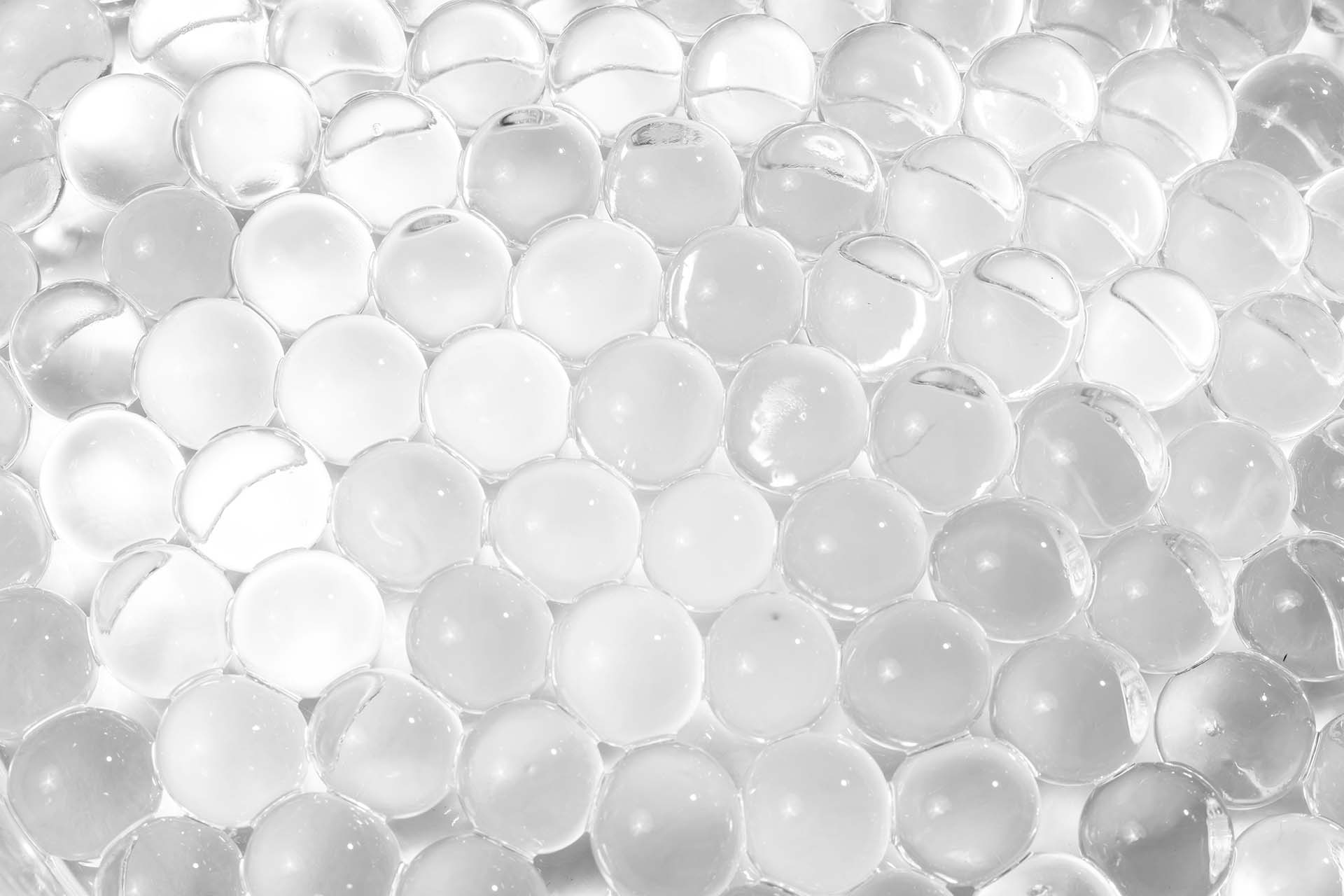In recent years, talking about sustainable packaging it is no longer a positioning choice, but a concrete necessity for those who produce, package and distribute. Even in Teamplast we meet every day with companies that are looking for different solutions: less impactful, more transparent, but also truly functional. This article was born from those conversations and from our direct experience in proposing innovative materials.
Bio-based, biodegradable, compostable: the fundamental differences
These terms are often used as synonyms, but they have very different meanings and, for those of us who work in the sector, it is essential to know their real implications.
- Bio-based: materials derived from biological resources (such as corn, sugar cane sugar, algae), but not necessarily biodegradable. Some biopolymers, even if they are bio-based, behave like traditional plastics.
- Biodegradable: materials that degrade over time thanks to the action of bacteria, enzymes and other natural agents. However, the conditions in which this occurs degradation are not always present in the environment.
- Compostable: rapidly biodegradable in composting plants industrial, according to the EN 13432 standard. Not all compostables are suitable for home composting.
In Teamplast we carefully evaluate with each client what is the most suitable material for the final use, without falling into the trap of greenwashing. The right solution is the one that takes into account the whole life cycle of packaging, not just its origin or its end-of-life.
LCA (Life Cycle Assessment) as a decision-making tool
One of the most important tools for guiding choices is the LCA – Life Cycle Analysis. At Teamplast we believe it is essential when a customer asks us: “What is the most sustainable material?”. First of all we analyze whether the product that must be packaged is suitable for the characteristics of the various materials and, subsequently, having identified the materials suitable for that particular use, we go on to verify their relative impacts.
There LCA allows you to:
- evaluate the environmental impact of a material from production to disposal
- compare alternatives on a scientific basis
- avoid making bad choices based only on perception (e.g. paper vs plastic)
When we propose new materials or structures, we like to accompany the proposal with a reasoning that takes into account real data and measurable impacts, not just market trends. In Teamplast we do not deal with Bio-based, compostable or biodegradable materials, but we firmly believe in regenerated material that is produced from processing waste. This material, however, is not suitable for certain uses and therefore we try to direct the customer towards reliable companies with whom we collaborate, to offer safe and quality solutions, giving them the opportunity to find what they are looking for.
Reusable packaging and refill systems
Packaging does not have to be “disposable”. In some sectors, especially in cosmetics and cleaning, we are helping our customers to design reusable packs or refill systems.
This approach requires:
- a robust yet ergonomic design
- durable, hygienic materials
- a different thought on logistics and the relationship with the consumer
For us, it is one of the most stimulating challenges: transforming a package into a service object, an integral part of the brand experience.
Tracking and transparency technologies
Today sustainability rhymes with traceability. We are increasingly integrating systems such as:
- QR code (of our customers) which refer to technical data sheets and websites where the consumer can retrieve information on recycling or the origin of the material
- prints intelligent which signal the type of material and correct disposal
The future of packaging also passes through here: from information, from technology and from a more open dialogue with those who use those products every day.
In Teamplast we believe that there is not just one right material, but a right choice for every context. And that choice is built by listening, experimenting, evaluating, together with customers. The packaging of the future will be all the more sustainable the more it is designed with intelligence, transparency and honesty.
Contact us today to find out more.





